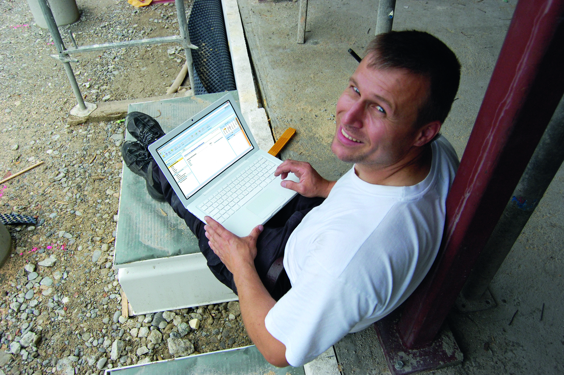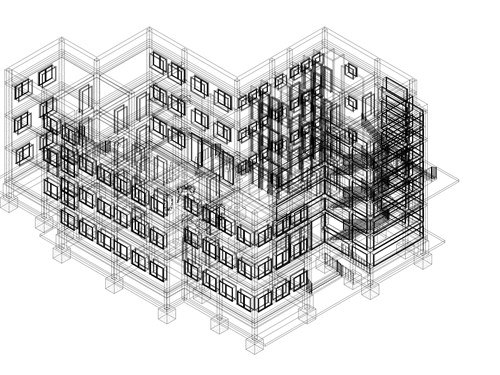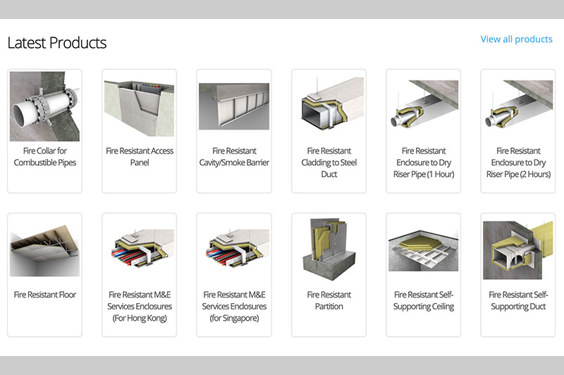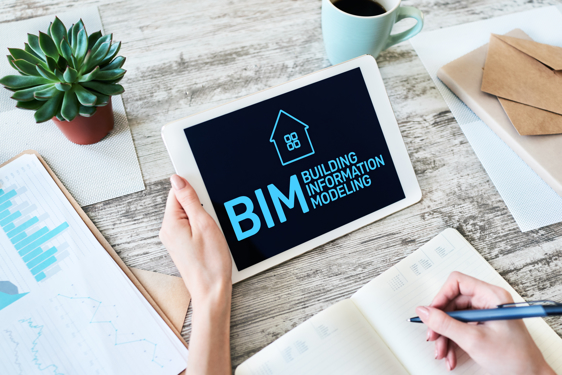Promat Technical Support
Contact our technical support team with your questions on passive fire protection solutions, our products and systems or installation advice...
BIM radically improves the quality and speed of the building process by boosting the collaboratiuon between building partners. This innovation helps all parties to save time and avoid expensive mistakes.


BIM offers architects, engineers, contractors and installers a great tool and consultants to maximize their time on the building and save a lot of money by preventing mistakes and the resulting conflicts.
Building Information Modeling (BIM) starts with the creation of an intelligent 3D model that serves as a platform for all building partners to share documents and coordinate the works during the entire lifecycle of a project.
As passive fire protection is a crucial element in the design of a safe and healthy building, Promat offers architects and engineers the BIM-objects they need to integrate their fire safety plan into their BIM design. This process not only prevents errors, it also offers all the information to the owner of the building for maintenance and repair.


We believe passive fire protection should be fully integrated in a BIM design of a building. If the list of Promat systems and solutions is already included by architects or engineers in the BIM design, all partners in the complex building project can access the information they need at each step of the process. This allows contractors and installers to plan ahead and make sure they have all the materials and tools to get the job done quickly and efficiently. Whenever plans are changed, all building partners are informed simultaneously and can adapt their task to make sure the project is delivered in time at the highest quality.
Inform project planning by combining reality capture and real-world data to generate context models of the existing built and natural environment.
During this phase, conceptual design, analysis, detailing and documentation are performed. The preconstruction process begins using BIM data to inform scheduling and logistics.
During this phase, fabrication begins using BIM specifications. Project construction logistics are shared with trades and contractors to ensure optimum timing and efficiency.
BIM data carries over to operations and maintenance of finished assets. BIM data can be used down the road for cost-effective renovation or efficient deconstruction too.


According to the UN, the world's population will be 9.7 billion by the year 2050. So the construction must look to smarter, more efficient ways to design and build not just as a means to keep up with global demand but to help create spaces that are smarter and more resilient too.
BIM not only allows design and construction teams to work more efficiently, but it allows them to capture the data they create during the process to benefit operations and maintenance activities.
Learn more about Promat's BIM tools, training and solutions.


Find more about the range of training Promat can offer, including video tutorials.

Our technical support team will be able to the answer all your questions, including the tough ones. Put us to the test.
Contact our technical support team with your questions on passive fire protection solutions, our products and systems or installation advice...
Find the product datasheets, system brochures, Declarations of Performance, installation manuals and other documents you need to get the job done.
Follow #Promat on social media: